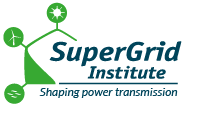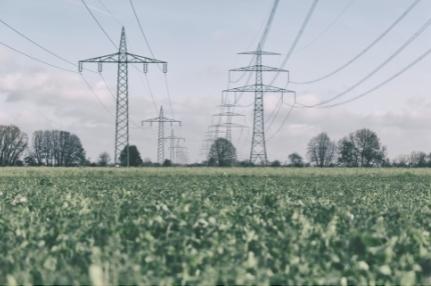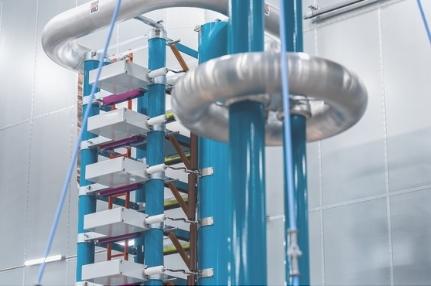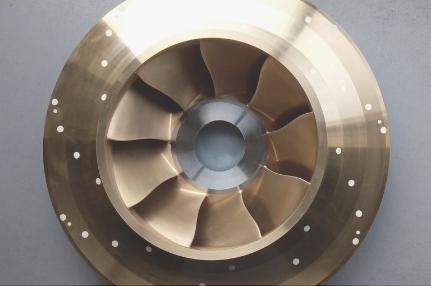Recherche & collaboration
Qu’est-ce qui nous rend unique ?
SuperGrid Institute doit son succès aux personnes qui composent nos différents départements de recherche. Nos équipes viennent d’horizons divers, tant industriels qu’universitaires, et la richesse de leur expérience et de leurs compétences rend l’Institut unique.
Chaque personne apporte une expertise spécifique et ce vivier de connaissances offre aux spécialistes de différents domaines la possibilité de collaborer sur des solutions innovantes pour résoudre des problèmes techniques.
L’Institut bénéficie d’étroites relations de collaboration avec des acteurs de l’industrie et des institutions académiques. Alors que les forces complémentaires de nos partenaires apportent des éclairages et des approches innovantes aux défis techniques, nous développons nos départements de recherche en toute indépendance. Des investissements conjoints publics-privés et des projets de collaboration financent le travail.
Les installations de recherche, les plateformes de test et les laboratoires de pointe de SuperGrid Institute sur les sites de Villeurbanne et de Grenoble sont la clé du succès de nos départements de recherche.

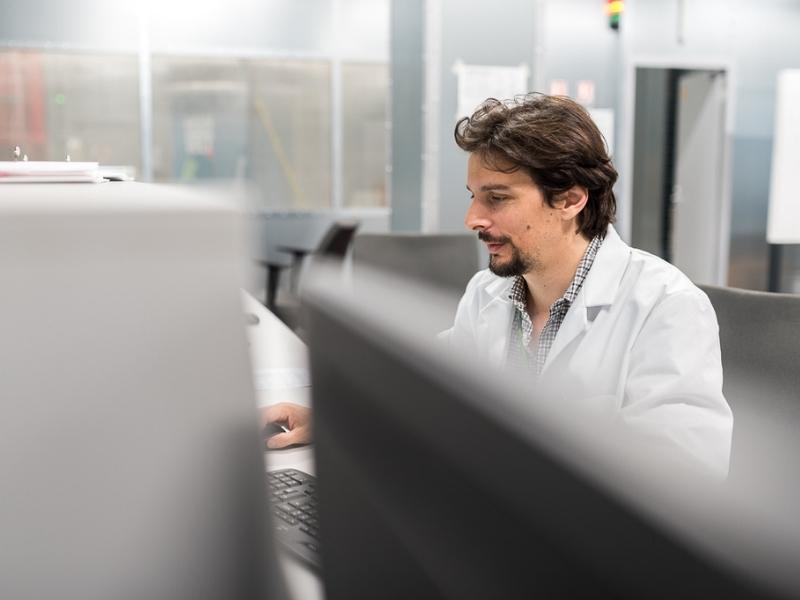
Nos dernières publications scientifiques
Experimental validation and comparison of a SiC MOSFET based 100 kW 1.2 kV 20 kHz three-phase dual active bridge converter using two vector groups
The Dual Active Bridge appears as a promising DC-DC converter topology when galvanic isolation and bidirectional power flow are required. Among its advantages, Zero Voltage Switching allows the switching losses to be significantly reduced.
AC/DC Dynamic Interactions of MMC-HVDC in Grid-Forming for Wind-Farm Integration in AC Systems
This paper studies the dynamic interactions between the AC grids and the DC system. In this work, we focus on MMC-HVDC links interconnecting offshore wind farms and AC systems.
Demonstration of the Short-circuit Ruggedness of a 10 kV Silicon Carbide Bipolar Junction Transistor
Static, switching and short-circuit characterization of a 10 kV-class Silicon Carbide (SiC) Bipolar Junction Transistor (BJT) is reported.
